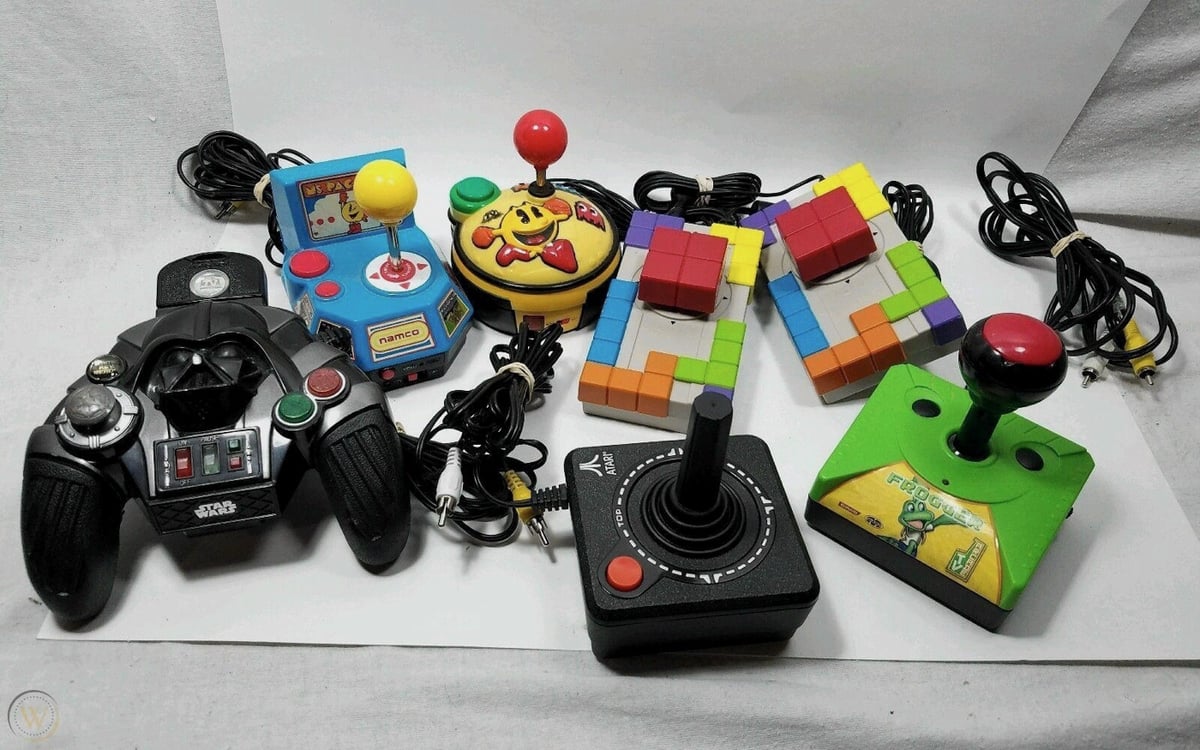The overlap of gaming engines, movies, and reality is an intersection I find fascinating right now. A recent example is how The Mandalorian uses Epic’s Unreal engine to generate live background scenes, which are sometimes even kept in the final shots as is.
In the above video, it’s Ruben Fro mixing Unity (another game engine) with a “point cloud” derived from 360 videos. The resulting scene makes for an eery mix which wouldn’t feel out of place in a scifi film.
Via: Merzmensch Kosmopol thanks for the heads up!

There is now a Rough Guide to Xbox. If this turned out to be paid for by Microsoft, I wouldn’t be surprised. It kind of makes sense though, with the level of detail now available in games, with the time people spend in there, with the time spent just looking around instead of advancing a quest or mission, with “photography” happening from inside games, perhaps it’s time for a travel guide to the most gorgeous creations.
That distinction has now been eroded. Game graphics are so immersive and all-consuming, you don’t just experience the gameplay - you experience the very world in which the gameplay unfolds. That thrilling feeling of being somewhere new is no longer the exclusive domain of real-world travel. (Quote from the Rough Guides site)
There already are Discovery Tours in Assassin’s Creed Origins, and Fortnite is used as a social space, maybe it’s not that surprising that a travel guide of this kind would be published.

Interested in gaming? Old-school 80s-90s games? NES? Chinese shenzhen-speed recombination and innovation? Then I’ve got the thread for you! Or rather, Frank Cifaldi has the thread for you (and it’s a long and detailed one with lots of his research and how he proceeded).
Plug & play game consoles:
In the early 2000s, a new toy category gained popularity in the United States: the “plug & play” video game console. You probably remember seeing a lot of these! The Jakks Pacific stuff was probably the most prolific.
New NES games!
I recently became enamored with a particular sub-set of plug & play history: systems that secretly housed brand new games written for the old 8-bit Nintendo Entertainment System! If you were following me toward the end of 2018 you might remember me blathering on about this stuff.
Thanks to Chinese manufacturers in the 90s:
Why were there NES games in these things? Well:
- In the 90s, Chinese manufacturers cloned the NES and put all of its components on one chip
- These were used in all kinds of applications: cloned systems, plug & plays with pirated games, even educational computers!
And this side note is important to remember and be thankful for, around the web in general, the internet archive
I can’t stress enough what a godsend The Wayback Machine is for research. So much real history would literally disappear from the world if not for them.
(Via Darren Wershler.)

Incredibly (I guess), I’ve never played Fortnite. I have however been paying some attention to the game / platform, but it still surprised me to see that the prizes totaled an impressive $30 million! Held over three days this past weekend, the competition was hosted at the Arthur Ashe Stadium, home of the US Open of tennis, which is certainly an interesting image for the debate around the use of “sport” in “e-sports.” It was also more than a tournament.
But the World Cup was also home to a miniature Fortnite amusement park, a Marshmello concert, a tease of the game’s upcoming10th season, and multiple moments that blurred the line between the game and the real world. It was a chance for Epic to show off just how big Fortnite really is.

Player-fans, many of whom were attending as families, could meet mascots, speak with stars of the game, or visit and play multiple attractions. It was pretty much a small scale theme park, and of course there was lots and lots of buying of branded products.
Perhaps the most impressive thing about the World Cup was how it blurred the line between the real world and the digital universe Epic has created. Not only did locations and characters from the game make their way IRL, but so did the Battle Pass. Just like in the game, fans were encouraged to complete multiple tasks each day (in this case, that meant visiting attractions) in order to earn rewards including a physical V-Bucks coin.
More than 40 million people played in the 10 weeks of qualifiers, the oldest player in the final lineup was 24 (!!), and the winning duo won a $3 million grand prize. I feel old.
Perhaps more my beat than actually playing the game, have a look at this fascinating dive into the world of Fortnite, which debunks four hypes about the game, then considers Epic’s (makers of the game) situation and prospectives. The article then really gets interesting when the author starts looking at the use of the game as a public square, the time spent there, and how it could be / is used as a platform. Ball also writes about the founder, Tim Sweeney, and what he is planning for the cloud, a marketplace, and his long time obsession with the “Metaverse.” Imagine something like Ernest Cline’s Ready Player One and a platform vision which might face off with Zuckerberg’s similar(ish) ideas for Oculus.









Stay Connected